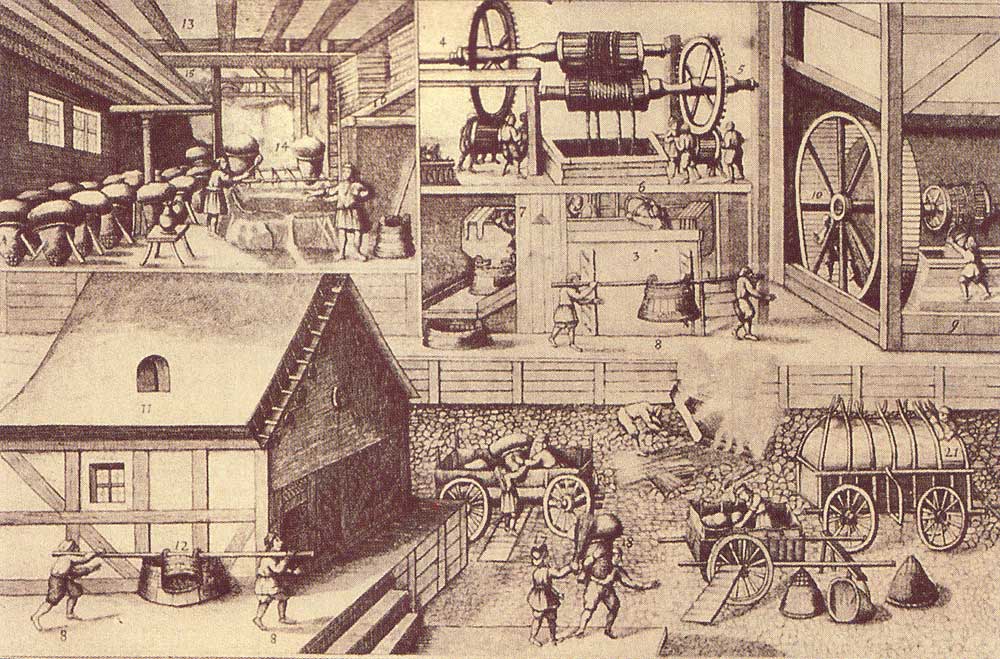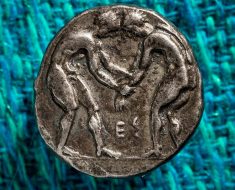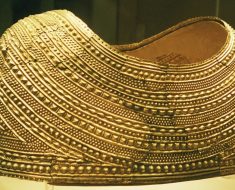In medieval Europe, salt was far more than just a seasoning.

It was essential for preserving food, especially meat and fish, and became a symbol of wealth and status. In a time before refrigeration, salt allowed the wealthy to enjoy a varied diet year-round, while the poor often went without.
Salt’s importance extended beyond the kitchen.
Salt taxes were a significant source of revenue for monarchs, and the wealthy could afford the high costs of salt, making it a clear marker of social class.
At banquets, ornate salt cellars, often made of silver or gold, were displayed as symbols of the host’s status. The presence of salt on the table signified hospitality, wealth, and power.
Religiously, salt also had significance. It was believed to have protective qualities and was often used in blessings.

The phrase “salt of the earth” reflected its importance, both as a preservative and a life-sustaining commodity.
In addition to its cultural and symbolic role, salt trade routes were crucial to the economy. Towns along these routes flourished, and kingdoms fought wars over salt-rich areas, as controlling salt production and distribution could determine a region’s wealth and power.
In medieval times, salt wasn’t just a necessity…it was a precious commodity that shaped the lives of both rulers and peasants.
Its value in preserving food, fueling trade, and displaying social status made it one of the most coveted substances of the era.
Now where’s the vinegar?





